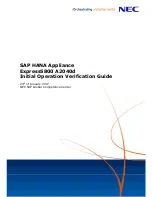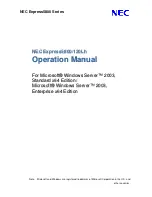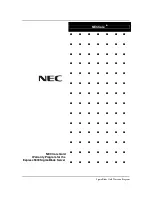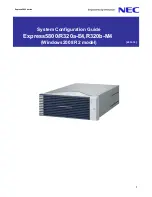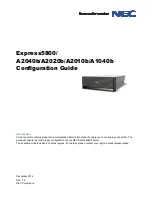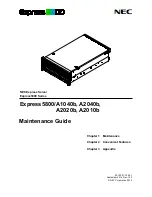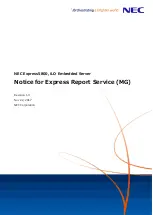
6.2.1 Basic Fibre Channel Terminology
The following list describes the basic Fibre Channel terminology:
Frame
All data is transferred in a packet of information
called a frame. A frame is limited to 2112 bytes. If
the information consists of more than 2112 bytes, it
is divided up into multiple frames.
Node
The source and destination of a frame. A node
may be a computer system, a redundant array of
independent disks (RAID) array controller, or a disk
device. Each node has a 64-bit unique node name
(worldwide name) that is built into the node when it
is manufactured.
N_Port
Each node must have at least one Fibre Channel
port from which to send or receive data. This node
port is called an N_Port. Each port is assigned a
64-bit unique port name (worldwide name) when it
is manufactured. An N_Port is connected directly
to another N_Port in a point-to-point topology. An
N_Port is connected to an F_Port in a fabric topology.
NL_Port
In an arbitrated loop topology, information is routed
around a loop. The information is repeated by each
intermediate port until it reaches its destination.
The N_Port that contains this additional loop
functionality is an NL_Port.
Fabric
A switch, or multiple interconnected switches,
that route frames between the originator node
(transmitter) and destination node (receiver).
F_Port
The ports within the fabric (fabric port). This port is
called an F_port. Each F_port is assigned a 64-bit
unique node name and a 64-bit unique port name
when it is manufactured. Together, the node name
and port name make up the worldwide name.
FL_Port
An F_Port containing the loop functionality is called
an FL_Port.
Using Fibre Channel Storage 6–5































